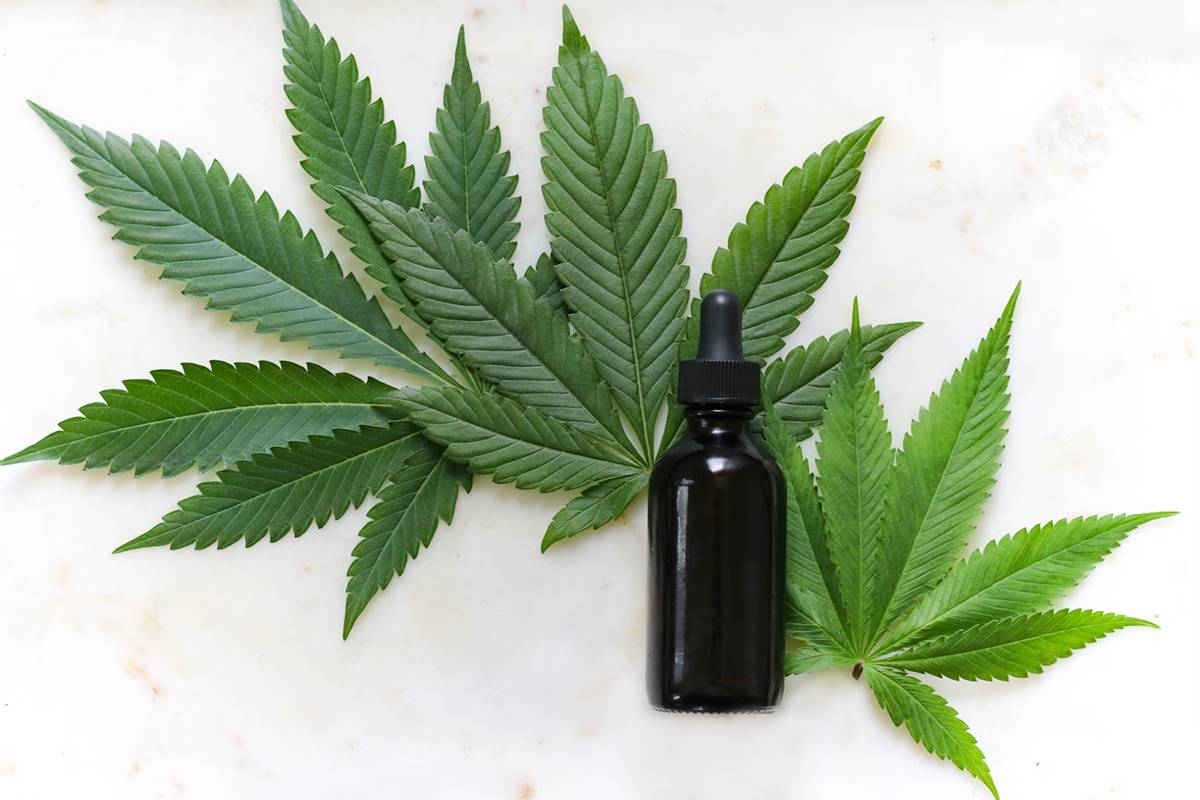
Cannabis and Pain Management: A Natural Alternative to Opioids
Chronic pain impacts millions of individuals globally. Numerous individuals use opioids to treat their pain, but these drugs tend to have disastrous side effects, such as addiction and the possibility of overdose. Cannabis is a natural alternative that brings relief without the risks of opioid consumption. In this article, we will discuss how cannabis provides relief, the types of pain that you can treat using cannabis, and the legal considerations you should take into account before ordering or consuming cannabis.
How Does Cannabis Provide Relief?
The human body contains the endocannabinoid system (ECS), which manages emotions, appetite, and pain. Marijuana affects this system with its components: tetrahydrocannabinol (THC) and cannabidiol (CBD). THC diminishes pain by activating cannabinoid receptors in the brain and nervous system, while CBD affects the receptors responsible for inflammation and pain management.
This dual-action approach is what makes cannabis helpful in managing many pain disorders. Unlike opioids, cannabis has a less dangerous effect on the respiratory system, making it a preferred option for chronic use.
Opioids vs. Cannabis: Which Is the Safer Choice?
Opioids prevent pain signals by binding to the spinal cord and brain receptors. Opioids bring immediate relief but are also addictive. Gradually, the body gets tolerant of the opioid and needs higher amounts to feel the same effect. The need for higher amounts of opioids is what causes addiction, overdose, and even death.
Cannabis does not produce physical dependence in the same manner. The users do not develop life-threatening withdrawal symptoms upon stopping use. Unlike opioids, cannabis does not induce extreme drowsiness or mental confusion, enabling people to continue their daily routines without interference.
Types of Pain to Target Using Cannabis
Patients utilize cannabis for different types of pain, such as:
-
Musculoskeletal pain: Fibromyalgia, back pain, and injuries are relieved by cannabis treatment without the use of opioids or muscle relaxants.
-
Cancer-related pain: Chemotherapy and tumor cell proliferation result in excruciating pain. Cannabis alleviates pain and improves the appetite and the quality of sleep.
-
Neuropathic pain: Multiple sclerosis and nerve damage both respond to cannabis, which damps down the inflammation of the nerves and settles down hyperexcitable pain pathways.
-
Inflammatory pain: Autoimmune disorders like arthritis induce inflammation and pain. CBD-rich varieties of cannabis curb inflammation without any gastrointestinal side effects associated with mainstream anti-inflammatory agents.
Methods of Cannabis Consumption
Various consumption methods enable patients to customize their treatment according to their requirements.
-
Topicals: Placed directly onto the skin, they reduce localized pain and inflammation.
-
Smoking or vaping: Offers quick relief, which is best for acute pain flare-ups.
-
Tinctures and oils: Enable precise dosing, which may be administered sublingually for rapid absorption.
-
Edibles: Has delayed onset but has long-lasting effects, which are beneficial for chronic pain management.
Each has different advantages; so you can choose according to your condition and lifestyle. You may be concerned as to where you can find cannabis or if you could get it delivered directly to your home. For example, if you reside in Michigan, you can search online for reliable cannabis providers or stores. You can find various operating stores, such as JARS Cannabis Monroe, which provides options for pickup and delivery from the nearest store.
Legal and Medical Considerations
Cannabis is still a controlled substance in certain areas, restricting access for those who need it most. Most countries and states acknowledge its medicinal value, permitting prescriptions for pain relief. Studies continue to validate cannabis as a suitable opioid alternative, prompting more policymakers to rethink current laws.
Doctors suggest patients visit a medical professional before using marijuana for pain management. Adequate dosing and careful strain selection ensure the most benefits with the least side effects like dizziness or cotton mouth.
Drawbacks of Using Cannabis
The use of cannabis for pain relief has shown promising results. However, there are some associated drawbacks of using cannabis regularly. Some of the side effects include:
-
Increased anxiety: In some cases, instead of inducing a relaxed feeling in patients, cannabis can cause intense anxiety and panic. To prevent this, your doctor will look into the dosage and method of delivery to minimize this effect as much as possible.
-
High-risk pregnancy: Strains of cannabis with THC can harm a developing fetus and can result in a higher risk of stillbirth. According to statistics, pregnant women who use THC have a 3 times higher risk of stillbirth than other women.
-
Increased risk of heart attack: Strains of cannabis with THC may promote a rise in blood pressure and heart rate, preventing the efficient pumping and circulation of oxygenated blood in the body. This condition increases the risk of a patient experiencing a heart attack while using cannabis. If you are a patient suffering from chronic health conditions such as high blood pressure, you should avoid the use of such cannabis strains.
Endnote
Increased healthcare professionals acknowledge that cannabis is an effective and safe way to achieve pain relief. More research studies new formulations, better delivery routes, and customized treatment regimens. With broadening legalization, more patients receive access to a treatment that relieves pain without the life-threatening hazards of opioids. Many patients experience substantial relief with the controlled use of cannabis. With ongoing research and experimentation, cannabis may revolutionize the future of pain relief.

Comments (0)